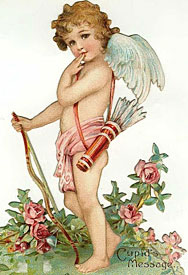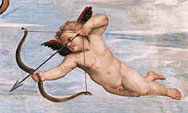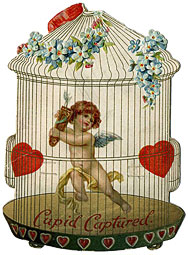Cupid's Casket
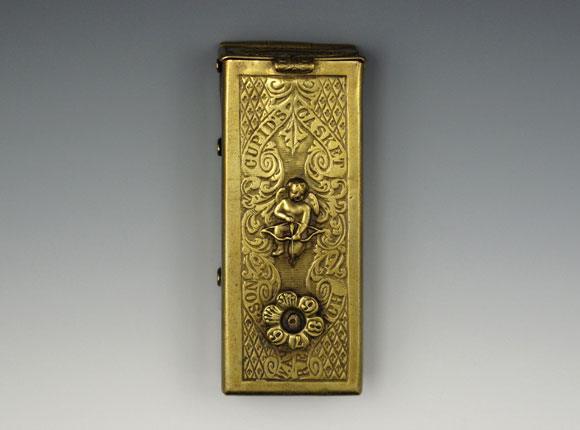
Needle Case
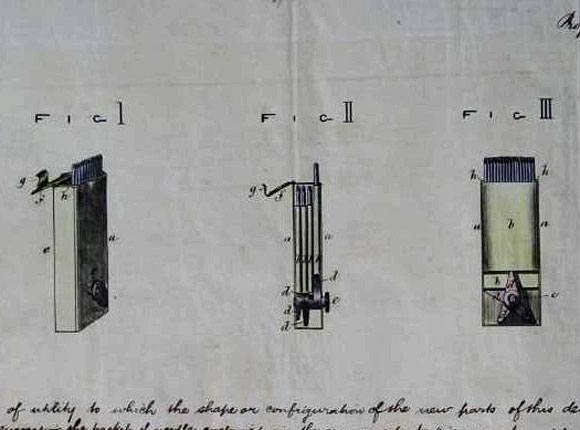
Design Representation
Design Details
Needle Case Type: |
Flat-Names |
Patent/Registered to: |
William Avery & Son - Redditch |
Patent/Design Representation #: |
Non-Ornamental: #5365 |
Patent/Design Registration Date: |
June 24, 1872 |
Location of Patent/Design Registration: |
The National Archives (TNA) - Kew, UK |
Reference #: |
TNA Representation - BT 45/27/5365 |
Dimensions: |
2.2 x 5.7 |
Material: |
Brass |
Name Variations: |
W. Avery & Son - Redditch |
Other Variations: |
None |
Additional Photographs
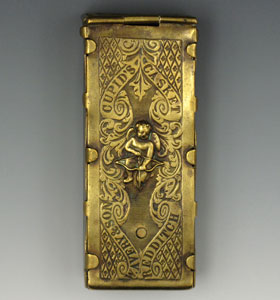
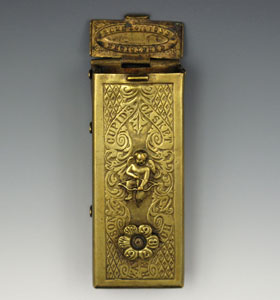
Back and front open
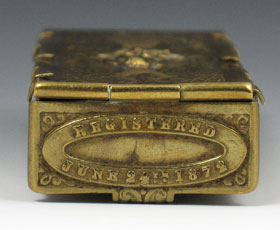
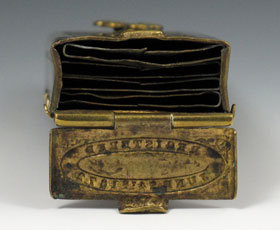
End cap closed and open
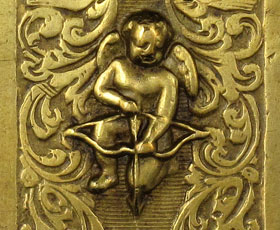
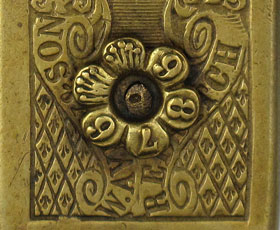
Front detail views





